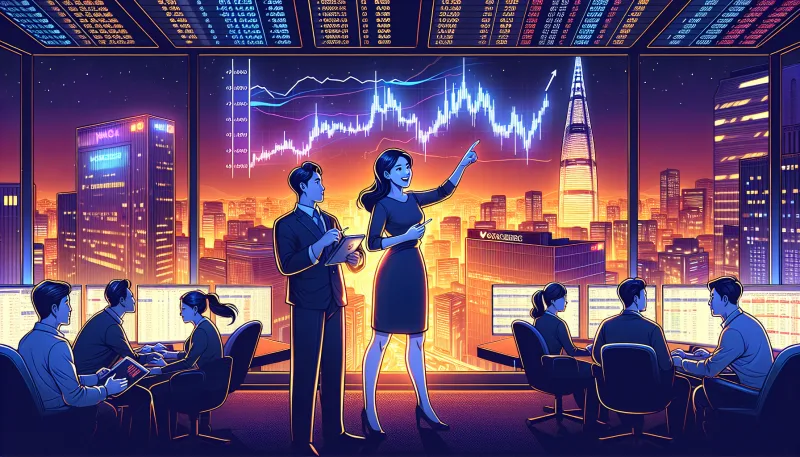
While global traders slowed, Korea spiked: hit ₩3.5 trillion (as of 2025-09-29T00:21:00.000Z). For many desks, this felt like déjà vu.
Korean signals like this often land early—an edge global markets usually catch too late.
🔍 Why Does Korea's Market Get Overlooked?
The Korean crypto market is a fascinating puzzle. Despite its significant liquidity and innovative strides, it often stays under the radar for global investors. The core issue? Many overlook Korea due to its unique regulatory environment and tight-knit local trading communities that resist easy categorization by international standards. If you’ve traded in Seoul, you know this déjà vu feeling when local trends emerge ahead of the curve.
Market participants tend to focus on Western signals or Chinese market dynamics, missing out on the subtle yet impactful cues from Korea. Do you think global investors should pay more attention to these early indicators?
⚡ How Do Korean Markets Differ from Global Ones?
Korea presents a distinct contrast to other major crypto markets. For starters, the Kimchi premium—a phenomenon where cryptocurrencies trade at a higher price on Korean exchanges than elsewhere—is a testament to the localized demand surge unique to Korea.
This premium arises largely due to capital flow restrictions and high domestic demand, making arbitrage difficult but also signaling potential market movements before they occur globally. Meanwhile, international markets may show synchronized moves influenced by U.S. monetary policy or European regulatory changes.
Korean traders are known for their rapid response times to new information, often leading price movements before the rest of the world catches up. Does this rapid adaptation give them an edge in volatile conditions?
💡 What Unique Signals Can We Learn from Korea?
If you're looking for early forecasting cues in Korea, keep an eye on Naver search volume spikes related to cryptocurrencies. Imagine it as the canary in the coal mine—when search volumes rise sharply on Naver, it's likely that retail interest is ramping up significantly.
This surge often precedes major moves in local prices and can act as a predictive signal of impending volatility or trend shifts in broader markets. Most readers might feel the same way: it's an underrated tool that's been surprisingly effective at foreshadowing market behavior.
🎯 Should Investors Be Cautious or Opportunistic?
The dual nature of opportunity and caution defines any investor's decision-making process in volatile environments like Korea’s crypto scene. When local activity spikes—as recently seen with ₩3.5 trillion trading days—it suggests either an opportunity for gains via strategic entry points or a warning signal indicating upcoming corrections due to overheated conditions.
If you're considering entering this market phase, weighing potential risks against rewards becomes crucial. I'd probably stay cautious here unless strong confirmations align with other technical indicators globally.
🚀 What's Your Next Step?
Your best approach might be simple yet effective: track KRW share daily—think of it as your morning weather check for crypto. By doing so, you’ll position yourself better than most who miss these early signals altogether.
What do you think this means for the market?
